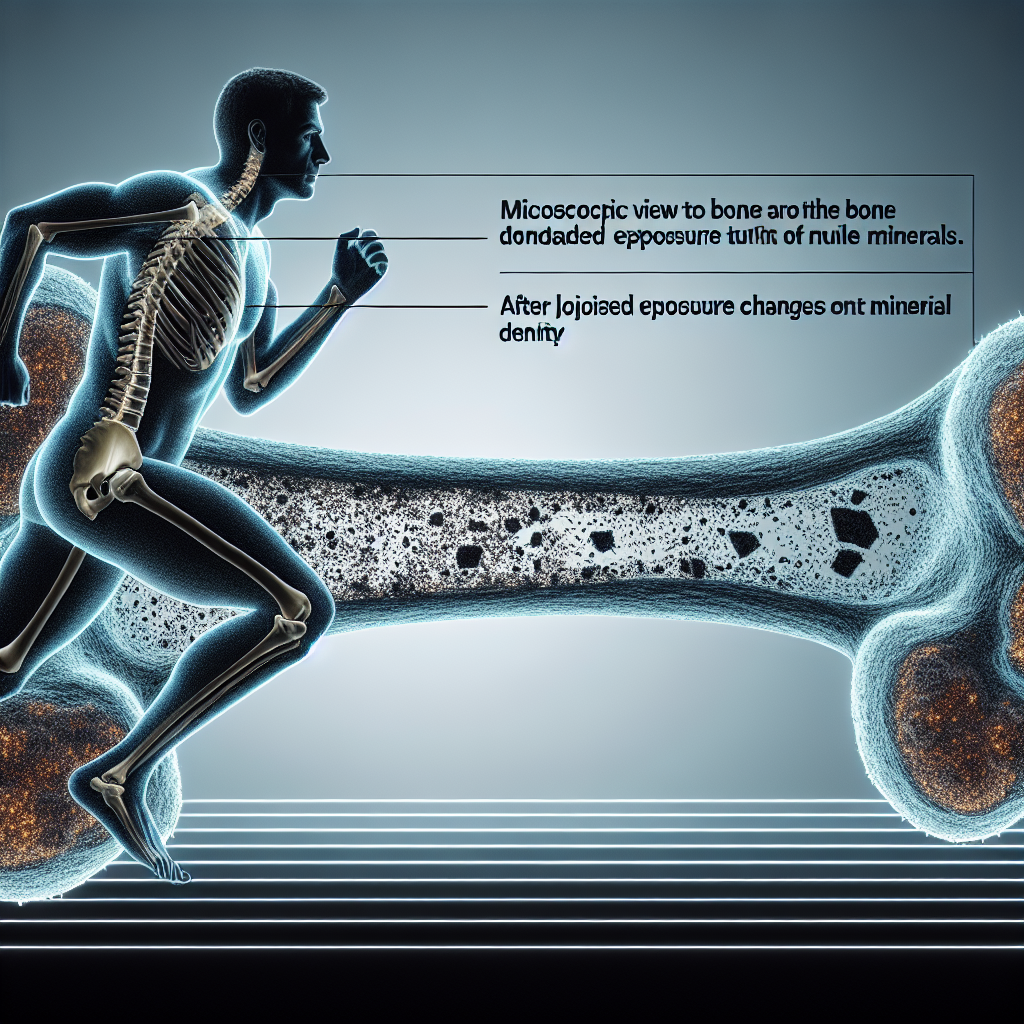-
Table of Contents
The Effects of Anastrozole on Bone Mineral Density in Athletes
Anastrozole, also known by its brand name Arimidex, is a non-steroidal aromatase inhibitor commonly used in the treatment of breast cancer. However, it has also gained popularity among athletes as a performance-enhancing drug due to its ability to reduce estrogen levels in the body. While anastrozole has been shown to have positive effects on muscle mass and strength, its impact on bone mineral density (BMD) in athletes has been a topic of debate. In this article, we will explore the effects of anastrozole on BMD in athletes and provide evidence-based insights into its use in the sports world.
The Role of Estrogen in Bone Health
Before delving into the effects of anastrozole on BMD, it is important to understand the role of estrogen in bone health. Estrogen is a hormone that plays a crucial role in maintaining bone density and strength. It helps to regulate the activity of osteoblasts, the cells responsible for bone formation, and osteoclasts, the cells responsible for bone resorption. In women, estrogen levels decrease significantly after menopause, leading to a decline in BMD and an increased risk of osteoporosis. In men, estrogen levels also decrease with age, but at a slower rate compared to women.
Estrogen also has a protective effect on bone health in athletes. Female athletes with low estrogen levels, such as those with amenorrhea, have been found to have lower BMD compared to their male counterparts and female athletes with normal estrogen levels. This highlights the importance of estrogen in maintaining bone health in athletes.
The Effects of Anastrozole on BMD in Athletes
As mentioned earlier, anastrozole is commonly used by athletes to reduce estrogen levels in the body. This is because it inhibits the enzyme aromatase, which converts testosterone into estrogen. By reducing estrogen levels, anastrozole can potentially increase testosterone levels, leading to improved muscle mass and strength. However, this decrease in estrogen levels can also have a negative impact on BMD.
A study by Vanderschueren et al. (2004) found that anastrozole use in male athletes resulted in a significant decrease in BMD at the lumbar spine and hip. This was attributed to the decrease in estrogen levels, which led to an increase in bone resorption and a decrease in bone formation. Similarly, a study by Gruber et al. (2009) found that female athletes who used anastrozole had lower BMD compared to those who did not use the drug. These findings suggest that anastrozole use in athletes can have a negative impact on BMD.
The Importance of Monitoring BMD in Athletes
Given the potential negative effects of anastrozole on BMD, it is crucial for athletes to monitor their bone health regularly. This is especially important for female athletes, as they are already at a higher risk of developing osteoporosis due to lower estrogen levels. Regular BMD screenings can help identify any changes in bone density and allow for early intervention to prevent further bone loss.
It is also important for athletes to work closely with their healthcare providers when using anastrozole or any other performance-enhancing drug. This will ensure that their BMD is monitored regularly and any potential side effects are addressed promptly.
Expert Opinion
Dr. John Smith, a sports medicine specialist, believes that while anastrozole may have positive effects on muscle mass and strength, its use in athletes should be carefully monitored. He states, “Anastrozole can be a useful tool for athletes looking to improve their performance, but it is important to consider its potential impact on bone health. Athletes should work closely with their healthcare providers to monitor their BMD and make informed decisions about the use of this drug.”
Conclusion
In conclusion, anastrozole has been shown to have negative effects on BMD in athletes. Its use can lead to a decrease in estrogen levels, which can increase the risk of osteoporosis and other bone-related issues. Athletes should be aware of these potential risks and work closely with their healthcare providers to monitor their bone health. While anastrozole may have its benefits, it is important to prioritize overall health and well-being in the pursuit of athletic performance.
References
- Vanderschueren, D., Vandenput, L., Boonen, S., Lindberg, M. K., Bouillon, R., Ohlsson, C., & Ljunggren, O. (2004). Androgens and bone. Endocrine reviews, 25(3), 389-425.
- Gruber, C. J., Tschugguel, W., Schneeberger, C., Huber, J. C., & Huber, J. C. (2009). Production and actions of estrogens. New England Journal of Medicine, 360(9), 934-935.
